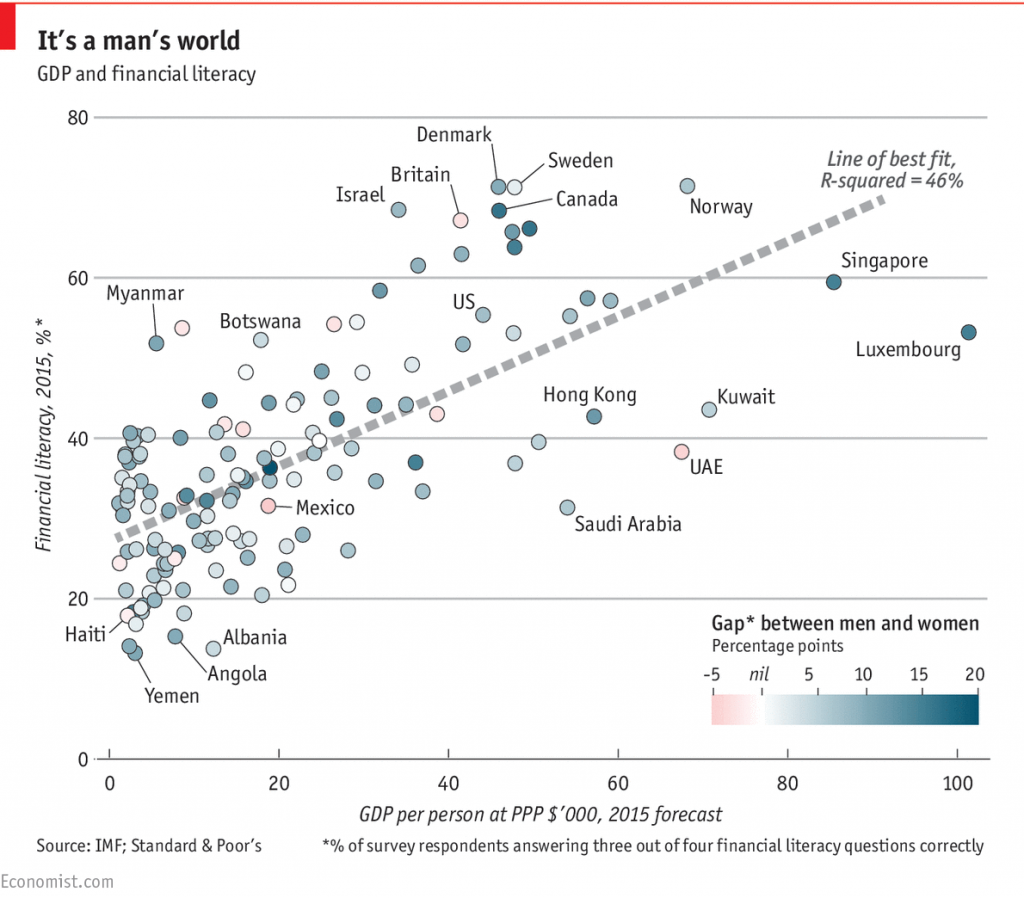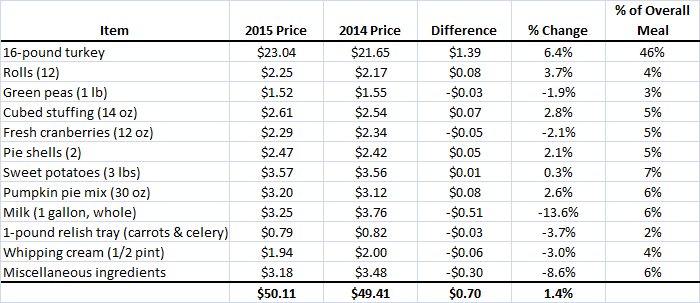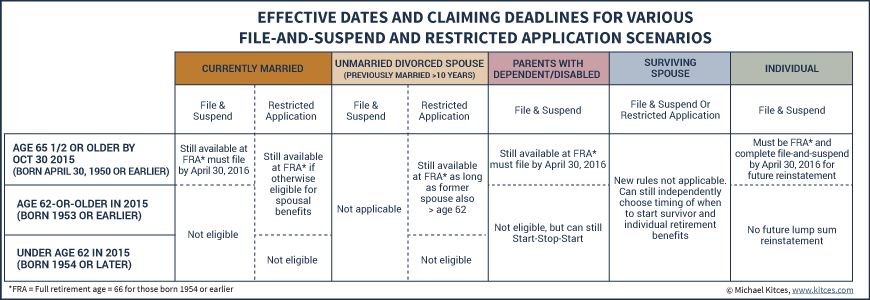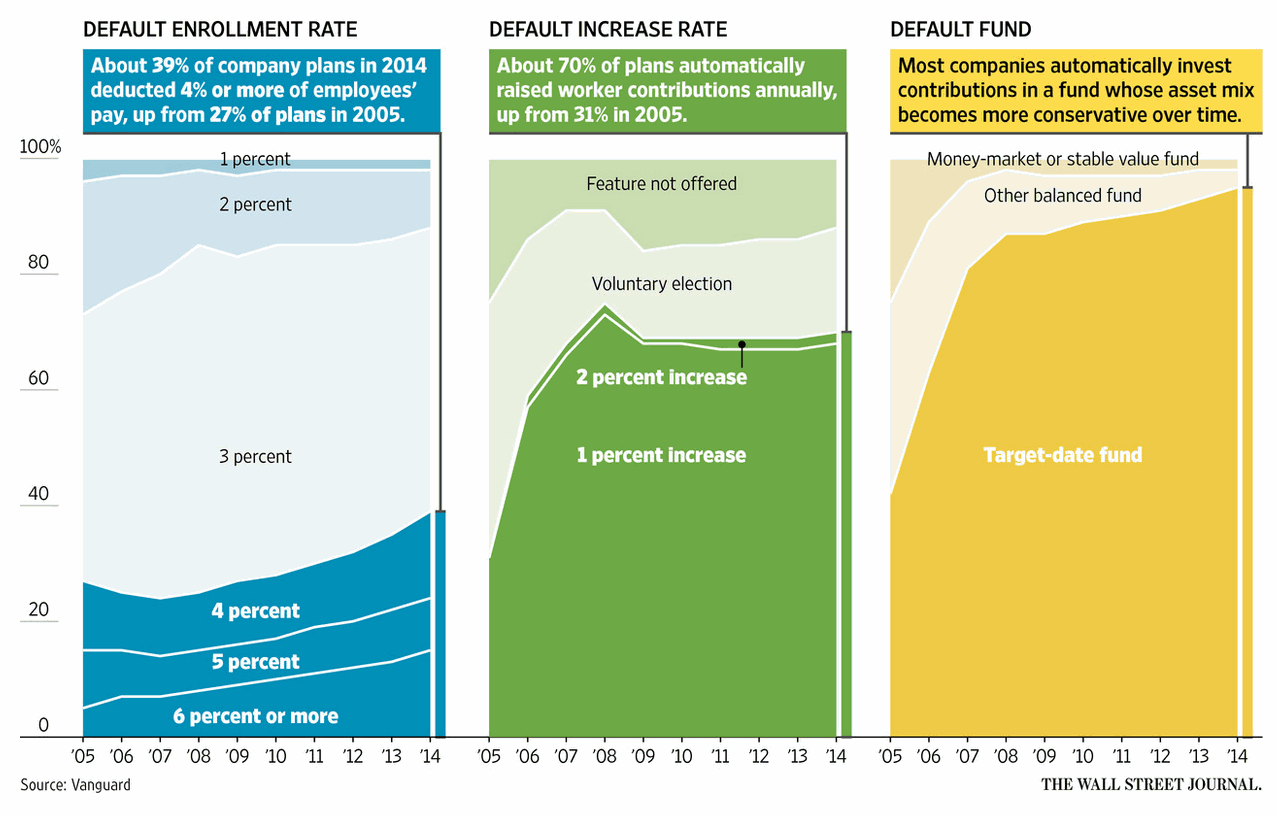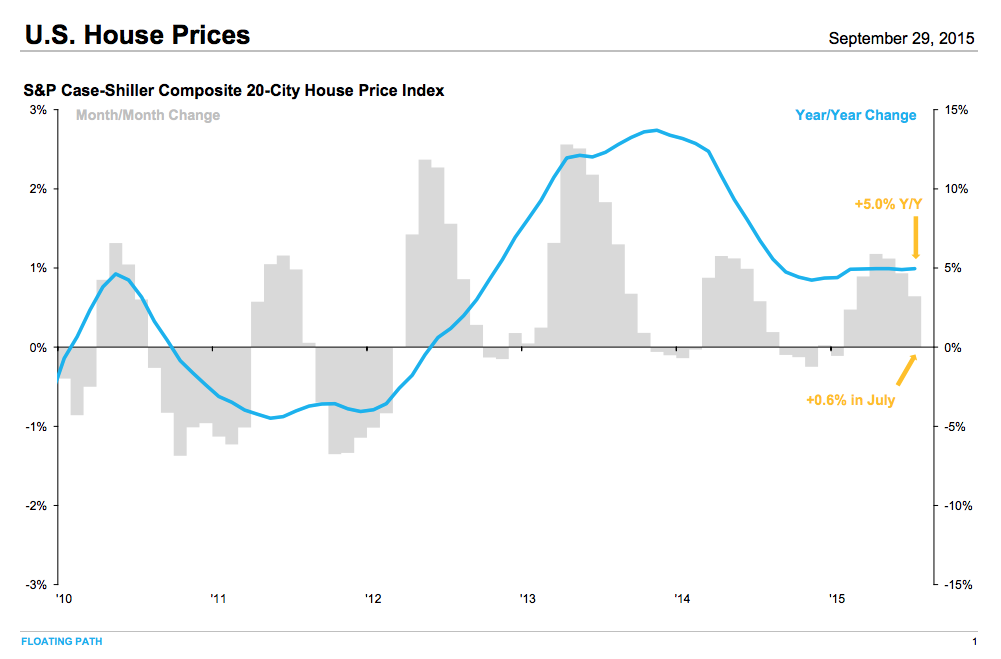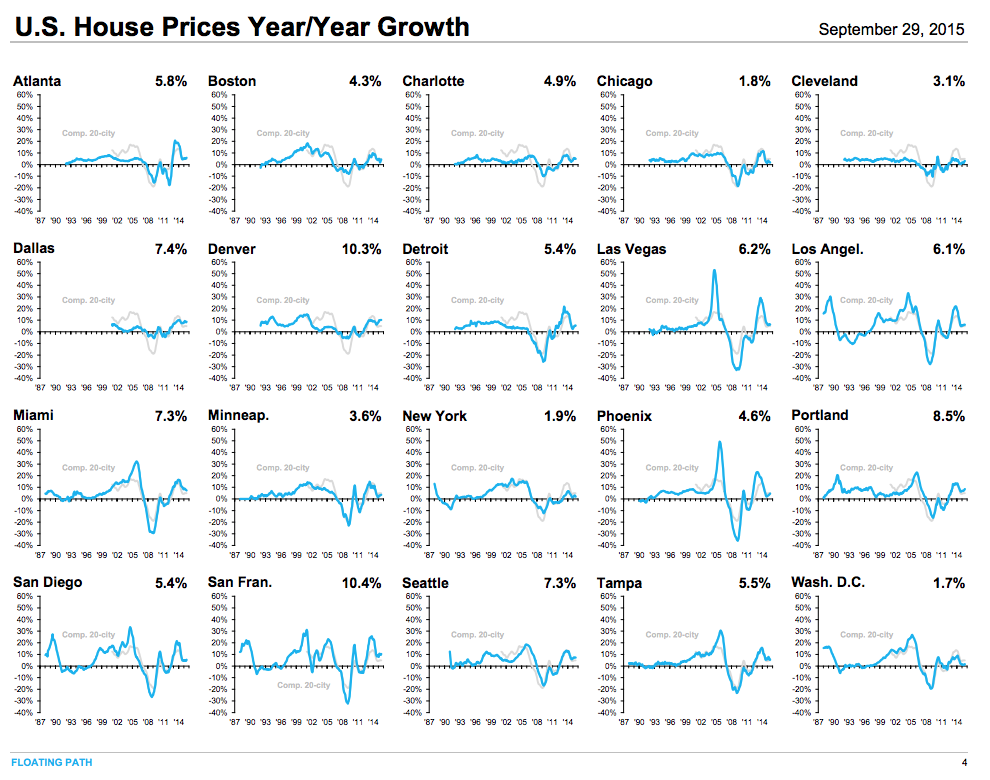Mapping Student Debt
More than 42 million Americans owe a total of $1.1 trillion in student debt, making it the second-largest liability on the national balance sheet. A generation ago, student debt was a relative rarity, but for today’s students and recent graduates, it’s a central fact of economic life that we don’t know much about. Mapping Student Debt is changing that. The maps below show how borrowing for college affects the nation, your city, and even your neighborhood, giving a new perspective on the way in which student debt relates to economic inequality.
Source: Mapping Student Debt



